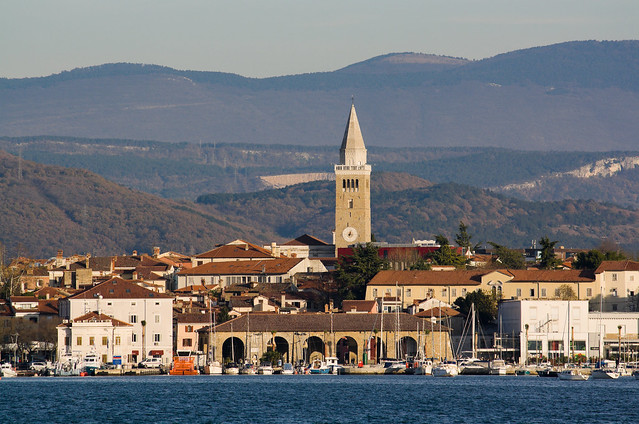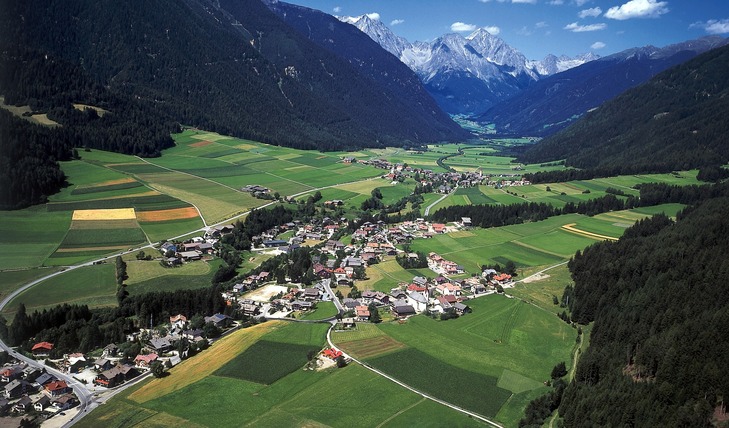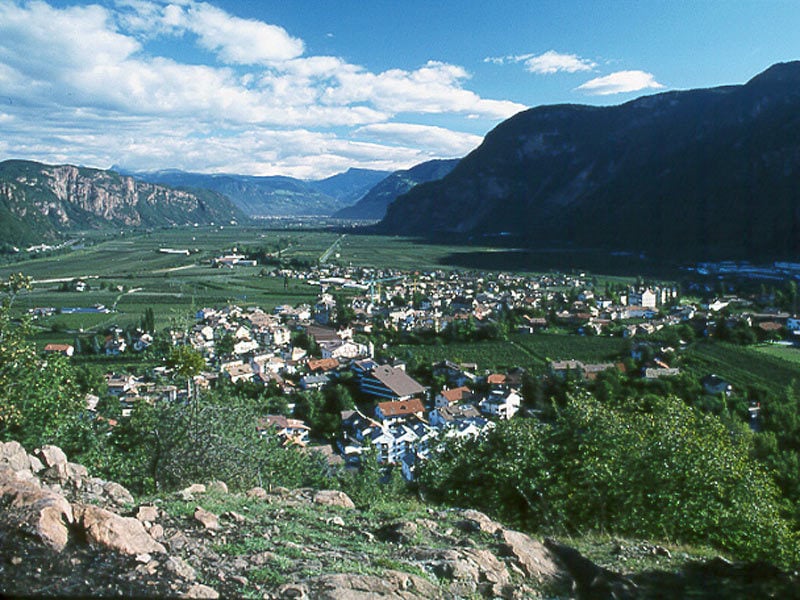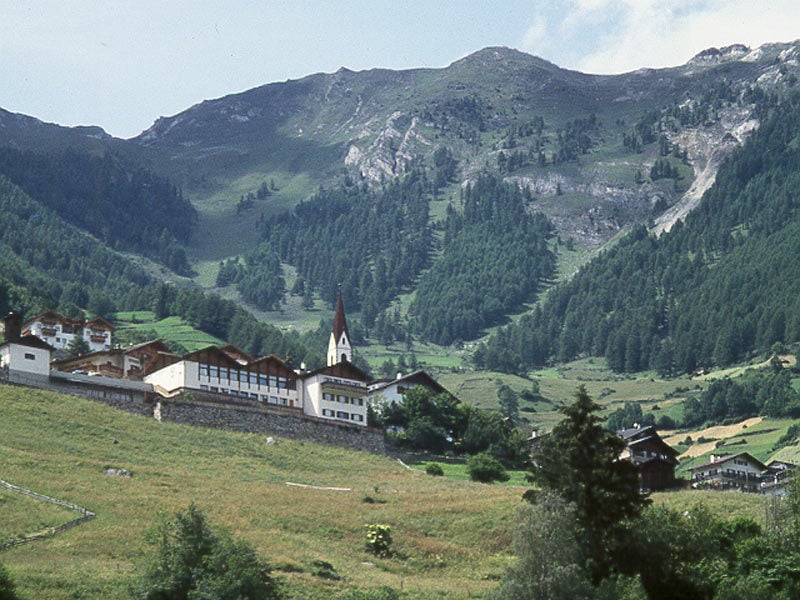So far I have created 3 fantasy versions of the tour de France, and 2 versions of Paris-Nice. Maybe it's time to widen my scope and leave France for my next fantasy race. I'll stay in the french-speaking world, however, with a race that the last couple of years has had a beneath par parcours: the tour of Romandy.
It will have a traditional layout: A short flat prologue, a hilly stage, flat stage, medium mountain stage, high mountain stage and final time trial.
Tour de Romandie
Prologue: Genève, 4.1 km. A flat prologue through the city center and crossing the Rhône river twice.
Stage 1: Nyon - Porrentruy, 188.5km. A stage that starts out quite gently, along the shores of the lakes of Geneva and Neuchâtel, but after the halfway point it crosses the Swiss Jura and becomes quite hilly, with 2 4th category climbs, 2 3rd category climbs and 3 2nd category climbs. This stage is clearly inspired by the best stage in the 2012 tour de France, but I shortened the distance from the last summit to the finishline with a couple of kilometres.
Climbs:
Côte de Valangin (3rd): 3,5km @ 6%
Col des Pontins (3rd): 6,7km @ 5,4%
Col du Mont Crostin (2nd): 6,3km @ 7,2%
Côte de la Caquerelle (2nd): 4,3 km @ 7,6%
Côte de la Croix (2nd): 3,7km @ 9,2%
Stage 2 : Delémont - Fribourg, 174km. Although there are some nasty hills in the first 100km of the stage, and the final covers rolling terrain, this is the flat stage of the race.
Climbs:
Montée de la Corniche du Jura (2nd): 9,2km @ 5,2%
Côte du Prévoux (3rd): 3km @ 6,1%
Col des Étroits (3rd): 5,8km @ 5,6%
Stage 3: Payerne - Leysin, 145.5km. This stage crosses the highest point of the race, and has the only mountaintop (hilltop) finish, but it is certainly not the hardest of this tour. It's final will ensure that the number of candidates for the GC victory will be narrowed down to only a handful (or two) of riders.
Côte de Prévonloup (3rd): 5,3km @ 4,7%
Col des Mosses (2nd): 13,2km @ 4,2%
Col de la Croix (1st): 20km @ 6,7%
Montée de Leysin (3rd): 5,6km @ 4,6%
Stage 4: Aigle - Sion, 153km. This is the undeniable queen stage of this tour. It starts in front of the UCI headquarters, and basically follows the Rhône river upstream towards the town of Sion. To enforce a certain amount of spectacle, the race leaves the riverbanks and climbs the surrounding mountain roads often enough. The climbs here aren't the longest, highest or steepest on the continent, but 4 1st category climbs in just over 100km and as many tricky descents are certainly enough to sort the contenders from the pretenders.
Champex (1st): 11,4km @ 7,9%
Col du Lein (1st): 13,2 km @ 7,3%
Ovronnaz (1st): 9,6km @ 9%
Veysonnaz (1st): 16,4km @ 6%
Stage 5: Château de Chillon - Lausanne, 30km. We return to were it started five days ago: the shores of the lake of Geneva, for a final time trial. If the mountains didn't create decisive gaps, today the better TT'ers have the opportunity to take back lost time. For almost 25km the riders have to race on the quays next to the lake, before they start to climb the cobbled streets of the historical center of Lausanne, passing the cathedral to the olympic stadium.































































